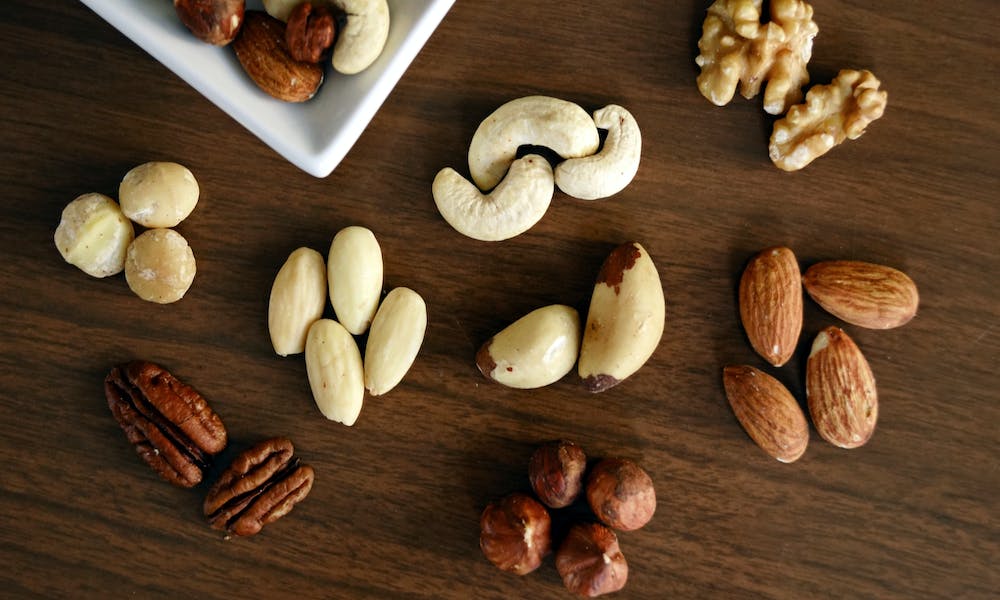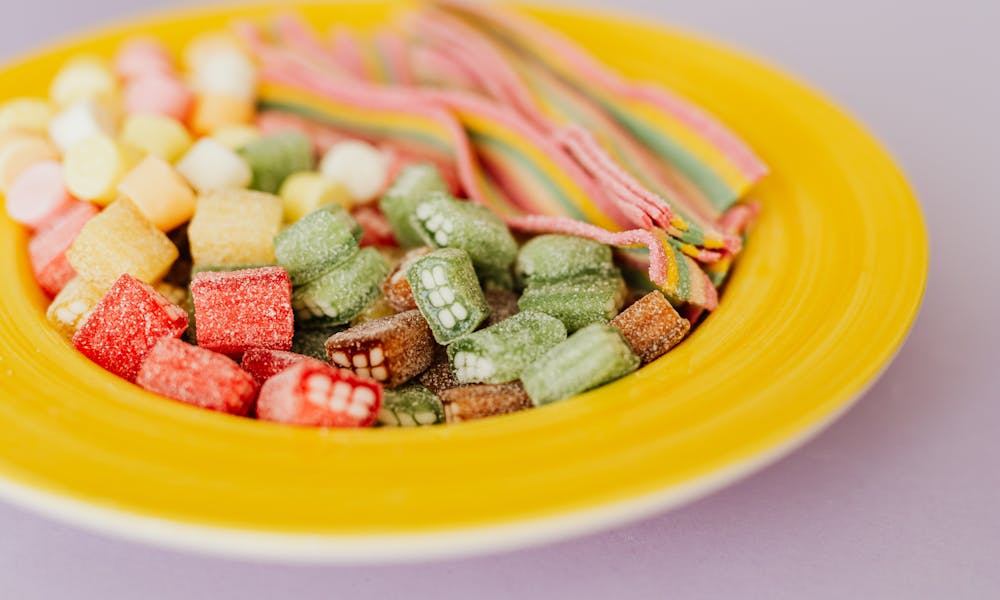Sculpting well-defined abs requires a two-pronged approach: reducing excess body fat and building abdominal muscle. While both diet and exercise are essential, this article delves into the often-overlooked realm of nutritional strategies for achieving a sculpted midsection, specifically food for abs definition.
No fad diets and magic foods here. We’re going to explore the science behind sustainable fat loss and highlight key dietary choices that support, not hinder, your path to defined abs. Learn which foods to prioritise for their nutritional value and muscle-building potential, while uncovering the pitfalls of empty calories that can derail your progress.

Top 3 Food for Abs Definition
By incorporating the right foods, you can decrease body fat and improve ab definition.
1. Protein
Essential building blocks called amino acids form proteins. These serve diverse functions within your body, including the construction and repair of muscles and bones, hormone and enzyme production, and even energy provision.
2. Healthy Fats
Dietary fats, found in nuts, avocados, and oily fish, are crucial for muscle growth despite not directly building it. They aid in absorbing essential vitamins, fuel energy production, and generate hormones, all necessary for muscle development.
Therefore, consume these protein and healthy fat powerhouses: For lean protein, chicken, turkey, fish (think salmon’s Omega-3 magic), tofu, and lean meats fuel muscle growth, keeping you satiated. For healthy fat, nuts, seeds, avocados, and low-fat dairy provide essential fats and nutrients, aiding digestion and boosting metabolism.
3. Fibre
Fibre offers several advantages for weight management. Firstly, its slow digestion promotes satiety, keeping you feeling fuller for longer and potentially reducing calorie intake. Secondly, fibre-rich foods often contain fewer calories, further aiding calorie control. Further, the gradual breakdown of fibre helps regulate blood sugar, leading to steadier energy levels and potentially increased spontaneous activity.
Fibre, therefore, is your gut’s best friend. Fruits (think berries and apples), non-starchy veggies (broccoli, spinach), and whole grains (brown rice, oats) provide this essential ally. Fibre keeps you feeling full, aids digestion and even promotes healthy gut bacteria – all contributing to a leaner physique and a defined ab.
To reduce the risk of gas and bloating during exercise, choose lower-fibre carbohydrate sources pre-workout.
Note: Water works double duty for weight management. A 2016 study indicates that drinking more water does not only rev up your metabolism but also makes you feel fuller, potentially reducing calorie intake. So stay hydrated to unlock its benefits.

Foods to Avoid When Trying to Define the Abs
Another way to use foods for ab definition is knowing what to avoid. Prioritise nutrient-rich foods that fuel your body without excess calories. Added sugars and unhealthy fats are actually examples of worst foods to avoid before and after workout as they don’t contribute to your fitness goals.
Sugar Bombs: Candies, cakes, sugary drinks – these offer empty calories and hinder progress.
Refined Grains: White bread, pastries, sugary cereals – they spike blood sugar and lack fibre, leaving you hungry and off track.
Fried Products: Burgers, fries, fried chicken – loaded with unhealthy fats and calories, derailing your fat-burning goals.
Processed Meat: Pastrami, hot dogs, pepperoni – often high in sodium and unhealthy fats, hinder muscle recovery and definition.
A low-sodium diet might contribute to abdominal definition by reducing bloating, as suggested by a 2019 study. For this reason, limiting salty foods and monitoring sodium intake through mindful reading of food labels could be beneficial for those seeking ab definition.

How to Eat to Define Abs?
A healthy diet acts as the foundation for achieving body composition goals. It should feature adequate protein for muscle building, alongside carbohydrates and healthy fats to fuel exercise. Spot reduction isn’t possible but reducing overall body fat through strategies like creating a calorie deficit can also decrease abdominal fat, leading to a more defined core.
How to Create a Calorie Deficit
A calorie deficit, achieved by consuming fewer calories than your body burns, prompts it to utilise stored fat for energy, aiding weight loss. However, overly restricting calories harms metabolism and hinders exercise. Aim for a safe and sustainable approach, like the CDC’s recommendation of reducing 500-1,000 calories daily for a gradual 0.5-1kg (1-2 pound) weekly weight loss.
Establishing a calorie deficit starts with accurately assessing your daily intake. While tracking every bite can be cumbersome, various tools and resources can simplify this process, making effective deficit management more achievable.
It’s a good thing that technology simplifies calorie tracking. Apps like MyFitnessPal and LoseIt offer extensive food databases, allowing you to quickly log portion sizes and automatically calculate daily intake.
If you’re averse to detailed tracking, numerous calorie-conscious strategies exist. Consider minimising snacking or opting for healthier sides like salads instead of fries – simple alterations with significant impact.
Prioritise whole foods over processed options. The latter, which is broken down from their natural state, leads to higher calorie absorption compared to their whole counterparts. What’s more, whole foods are generally more satiating, potentially reducing overall calorie intake.

What Exercises Define the Abs?
While no single exercise can magically define your abs, there are several effective exercises that target and strengthen your abdominal muscles, contributing to a more sculpted appearance. Here are some key exercises to consider.
1. Compound Movements
Plank: Engages your entire core, including abs, obliques, and lower back, building overall strength and stability.
Squats: Although primarily targeting legs, squats engage your core for stabilisation, improving overall core strength and definition.
Deadlifts: Similar to squats, deadlifts work multiple muscle groups including your core, contributing to a toned and defined midsection.
2. Isolation Exercises
Crunches: A classic for targeting the rectus abdominis muscle (upper abs). Variations like leg raises and bicycle crunches offer further options.
Russian Twists: Work your obliques, the muscles flanking your sides, creating a more defined v-shape appearance.
Hanging Leg Raises: Challenging for core strength and grip, they target lower abs and obliques for a comprehensive workout.

Conclusion
Dietary adjustments certainly play a role in achieving defined abs, but it’s important to remember they’re just one piece of the puzzle. Fueling your fitness starts with a balanced diet rich in nutrient-dense options. Prioritise fruits and vegetables for essential vitamins and fibre, lean protein.
Creating a calorie deficit through mindful portion control is crucial for overall fat loss, including abdominal fat reduction. However, sculpting those six-pack muscles requires more than just watching your plate. Targeted exercise is key.